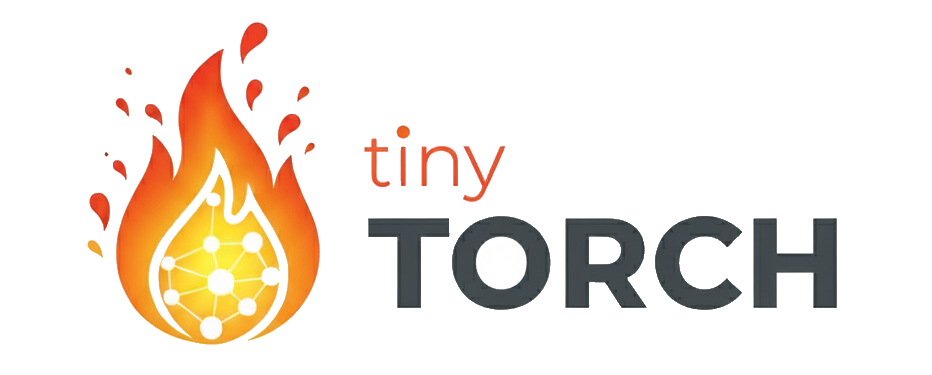19. KV Caching#
Optimizing Transformer Inference with Key-Value Caching#
KV (Key-Value) caching is a critical optimization technique for transformer models that dramatically speeds up autoregressive generation. In this module, you’ll learn how to implement KV caching to avoid redundant attention computations during inference.
What You’ll Build#
KV Cache: Key-Value caching for attention mechanisms
Feature Cache: Reuse computed features across requests
Gradient Cache: Efficient gradient accumulation
Model Cache: Multi-level model weight caching
Why This Matters#
Caching is essential for production ML systems:
Transformer models recompute attention for every token
Feature extraction is often the bottleneck
Redundant computations waste resources
Smart caching can provide 10-100x speedups
Learning Objectives#
By the end of this module, you will:
Implement KV caching for transformer attention layers
Understand how KV caching reduces O(n²) to O(n) complexity
Build efficient cache management for multi-turn generation
Measure the memory-speed tradeoff in production systems
Prerequisites#
Before starting this module, you should have completed:
Module 13: Attention (for KV cache understanding)
Module 14: Transformers (for practical application)
Module 15: Profiling (to measure improvements)
Real-World Applications#
Caching is critical in production ML:
ChatGPT: KV caching for multi-turn conversations
Search Engines: Feature caching for ranking
Recommendation Systems: User embedding caches
Computer Vision: Intermediate feature caching
Coming Up Next#
After mastering caching, you’ll explore:
Module 20: Benchmarking - Measuring the full impact of optimizations
Capstone Project: Building TinyGPT with all optimizations
This module is currently under development. The implementation will cover practical caching strategies used in production ML systems.
